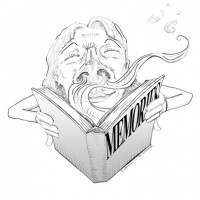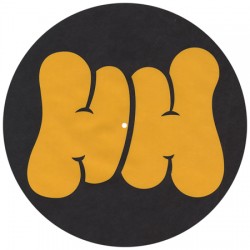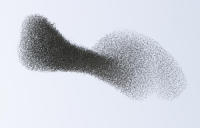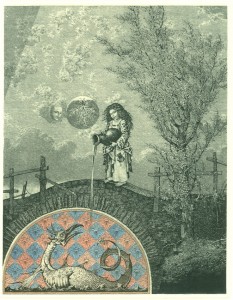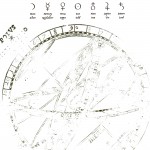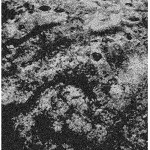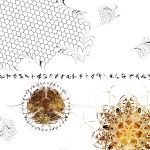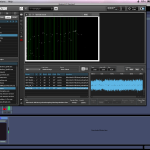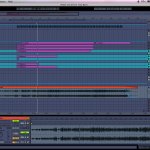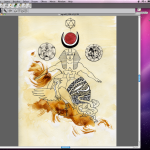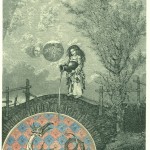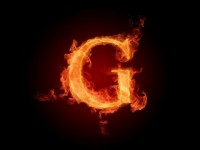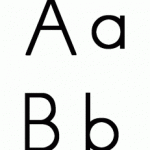Field Study Proposal/Abstract
Through the immersion and exploration of my music and lyrics, as well as natural sounds, I will work to answer this question: What is sound, how does sound carry meaning, and what does my own sound (my music and lyrics) mean to me? The answer to this question will be accomplished through my immersion in the creation of my material followed by self-reflection upon the background of each song. Also to be included in this study is the reading and analysis of books on the subject sound that I have selected for individual research during Spring quarter.
The majority of students in our program this quarter will be basing their immersion, research, etc on the work of someone else. For what I am trying to accomplish, the idea of using outside methods seems counterintuitive. How can I base my methods of self-reflection around the work of others when I am my own scientist and only subject? My final term paper will be based on the organization and methodology of Susan Howe’s The Midnightin that the essay will be in the form of a journal.
Howe’s Midnight: I can imagine it being written by her all at once, alone and lucid in the middle of the night. Surrounded by bed hangings, scraps of herself and her past and the past of the world, she stared with eyes wide open into total darkness. When the Midnight is pitch black, it is a mirror, a wreck to dive into that jostles the senses and the mind and the heart and makes us as desperate and as fiendish as dogs to grasp and clasp and smash together the fleeting fragments echoing ghosts within ourselves and to squish them into something concrete that in the end crumbles in our hands like dry bread no matter how fast we scramble or how hard we try and cry out, like dogs. Dogs in the night, how(e)ling at the darkness as if there were never a moon or stars in the sky. In darkness, the light of the mind becomes clearer.
This paper is an exploration of sound science and current artwork that I have produced as well as a critical analysis of the artwork of my past. Where do my passion and history intersect with the music I make? How have the sounds of nature influenced my music as well as that of the culture I am a part of? I also delved into the idea of music as an evolutionary tool for self-expression and survival; a way for us to live with our Midnights without being blinded by the darkness.
To me, the Midnight that fuels Susan Howe’s work lies within us. It is an internal darkness from which light and music arise. It is the part of ourselves that we sense but cannot fully comprehend. It is fluctuating, untranslatable. The Midnight is the weight of self-awareness; the not knowing, the torment, the necessity of art, of music.
ABCs and 123s – weekly log and field notes
[catlist tags=me-logs date=yes excerpt=yes excerpt_size=30]
Bachelardian Reverie
[catlist tags=me-bachelard date=yes excerpt=yes excerpt_size=30]
Poetry
https://soundcloud.com/nat-lefkoff/strange-bird-with-colton
https://soundcloud.com/nat-lefkoff/everything-passing-with-louise
https://soundcloud.com/nat-lefkoff/drumsticks-written-with-louise
https://soundcloud.com/nat-lefkoff/vampire
https://soundcloud.com/nat-lefkoff/centipede-with-louise-decramer
https://soundcloud.com/nat-lefkoff/great-white-plains-1
Poetry Observed
(embedded youtube or Vimeo video will go here)
Term Paper
Part 1
http://blogs.evergreen.edu/ealphabet/music-and-the-midnight-part-1
Part 2
http://blogs.evergreen.edu/ealphabet/music-and-the-midnight-part-2
Part 3
http://blogs.evergreen.edu/ealphabet/music-and-the-midnight-part-3

